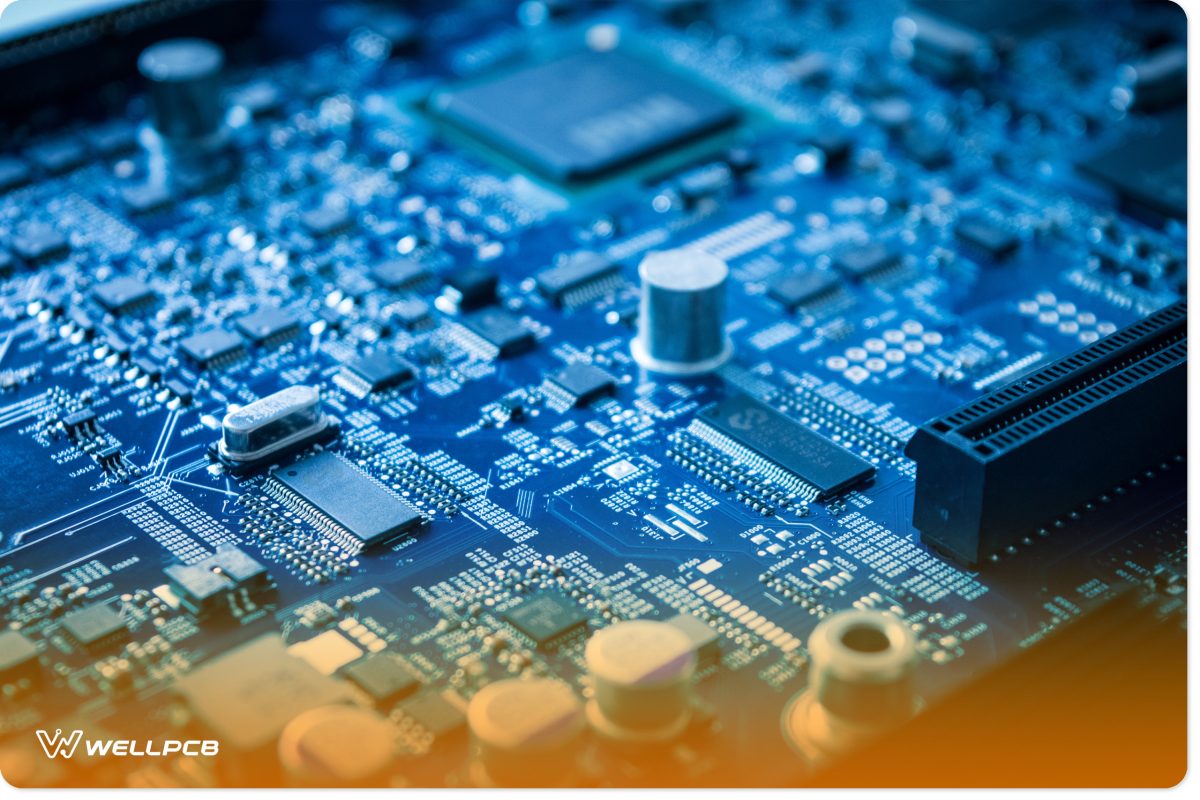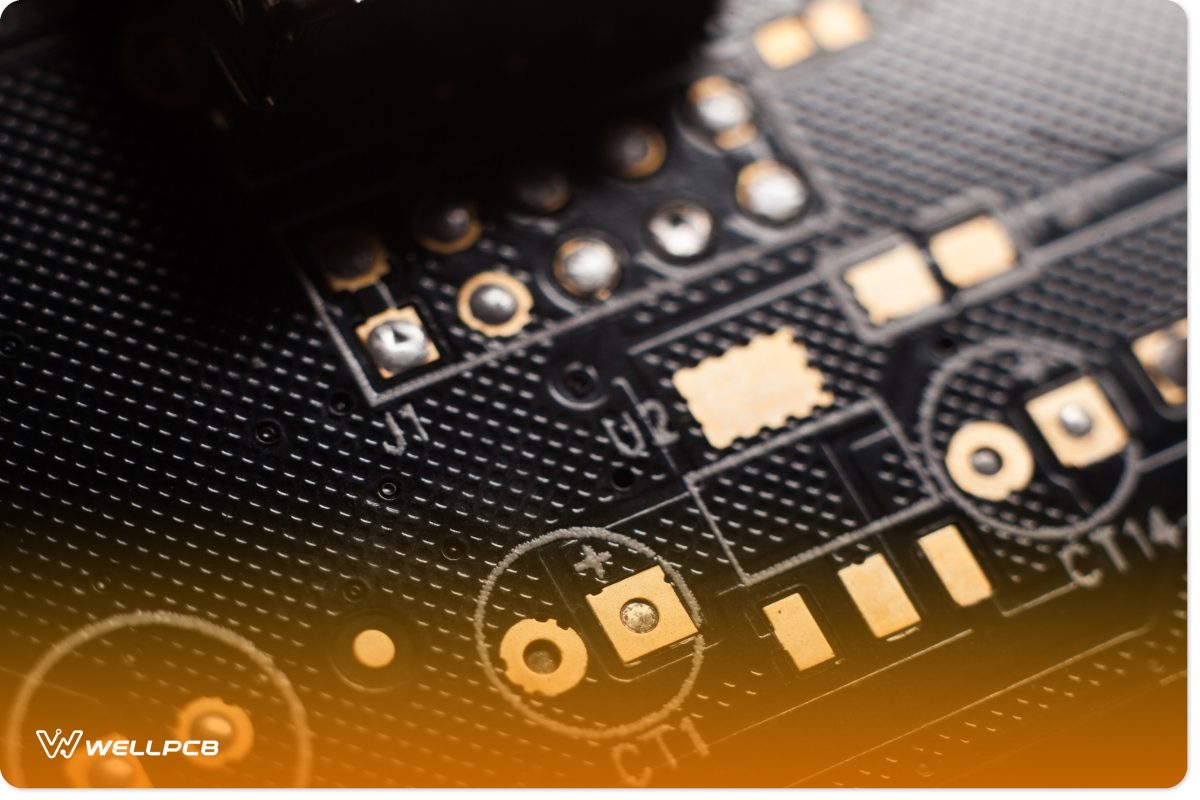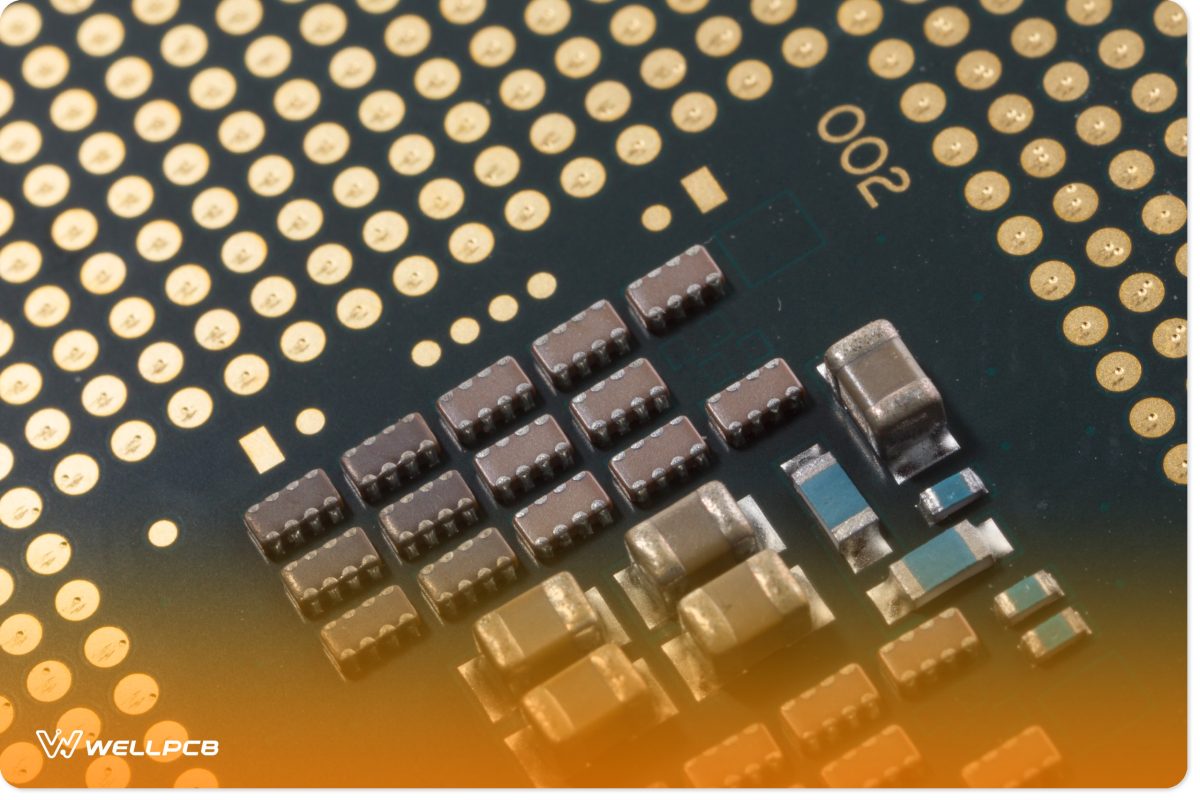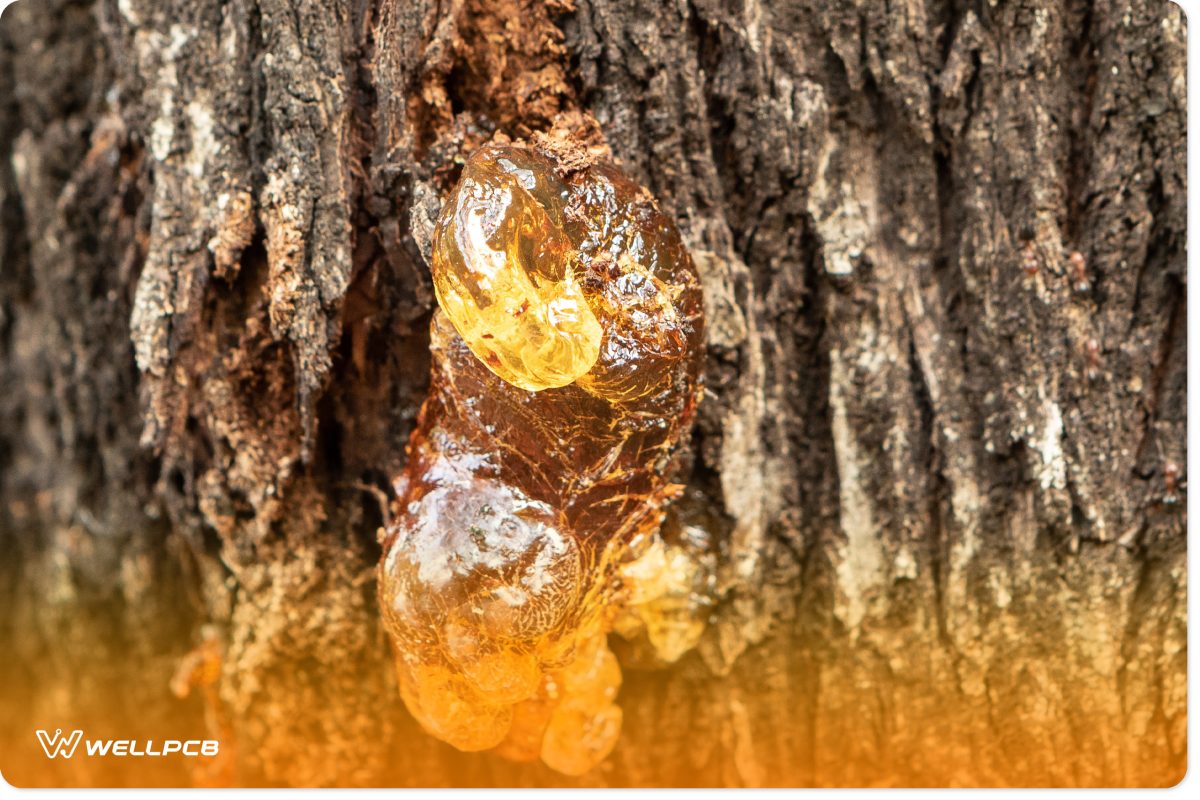Contents
Black PCB
1.1 Definition
Printed Circuit Boards come in different colors. The most commonly used color is green, which is present in most PCBs on the market.
The other colors that may suffice include red, blue, and black PCB, among many others.
In this article, we will focus on the black PCB. As shared earlier, the black PCB has its solder mask in black, which may be for some reason.
The main reason is that reflected light may affect how a circuit operates; thus, the black color ensures this doesn’t happen.

Compared to other colored PCBs, black PCBs are considered prestigious by those who use them. Even Apple uses black PCBs in its devices.
It has gained popularity even though the green PCB is still the most used color.
The black PCB is made up of a black solder mask.
The black solder mask is beneficial in the absorption of heat during the reflow.
It depends on the user whether scaling up or down the temperature is required to make the sensors used in the circuit safe.
The silkscreen of black PCB is also prone to turning light into other colors, such as brown, for heat absorption.
Manufacturers decide the color for the Printed Circuit Board as early as the molten stage.
That is when applying the right color for the PCB is most convenient and easy.
The black color is mainly used in high-end devices compared to green ones.
1.2 Black PCB Solder Mask

The solder mask is the most vital component or material for producing Printed Circuit Boards.
Also known as the solder resist, its primary purpose is to lacquer or varnish the entire surface of the PCB on both top and bottom to form the permanent protection layer, over which the traces of copper are to be printed.
The primary agent prevents the solder from coming between the conductors and creates a short circuit.
The layer is also responsible for offering protection against the environment as well.
Therefore, the solder mask of a black PCB is colored black, which is done during the molten stage.
The black solder mask is applied when the reflection of light is not wanted.
The solder mask is, therefore, one of the most critical parts of the Printed Circuit boards.
Without a solder mask, as stated above, the circuit would have shorts and thus be inefficient operation.
The solder mask helps to prevent such a situation from taking place.
The black solder mask is used in display systems where light is not supposed to be transparent.
There are some circuits where light reflection is not needed.
In such circuits, applying the black solder mask becomes crucial. The mask absorbs heat during reflow.
This means you must either reduce your profile or ensure the temperature sensor is placed on the board.
The other thing required for the black solder mask is sufficient light.
Since the circuit is not easy to see, the black solder mask needs adequate light to be angled well so that the manufacturer can see the board.
The inspection process for a black Printed Circuit board requires powerful magnification so that the circuit can be appropriately seen without strain.
The green solder mask may be easy to inspect and manufacture since it remains visible during construction and even inspection.
Applying the black solder mask is not something you can do at home as a DIY process.
The methods are involved; thus, that would not be an efficient way to achieve your goal.
You can, however, use the DIY approach for simple boards, but still, the quality will not be assured.
Applying a solder mask is difficult for the more complex Printed Circuit Boards.
The first thing you should be aware of is that stringent regulations limit the production of such devices.
Therefore, the standards must be adhered to if you are to go commercial.
The manufacture of solder masks involves different stages that must be followed carefully. In these stages, technology is used professionally and with high accuracy.
In manufacturing complex PCBs, they often use software such as sprint layout.
Manufacturing the black solder mask starts with thoroughly cleaning the board.
After that, the solder mask ink coating takes place. In this case, the black color is applied to the board before the pre-hardening phase.
After the pre-hardening phase comes the imaging and hardening phase, followed by the developing stage.
In the newborn phase, software such as the sprint layout is used before final hardening and cleaning.
1.3 Matte Black PCB
The matte black Printed Circuit Board has recently become quite common mainly due to its excellent appearance.
It is considered to look quite attractive to the eye and is preferable to the plain black PCB.
The gloss solder masks are also quite a suitable choice for Printed Circuit Boards, but in this case, we will focus on the matte black PCB.
Unlike in the past, you can custom order the color of your PCB from the manufacturer instead of just making the color they want.
The good thing is that the matte black variety does not affect the board’s functioning.
Matte black in PCBs gives the board a duller and softer finish than other colors.
This makes it not reflect much light that bounces on it and instead looks washed out when exposed to heavy light.
The matte finish can present scratches for your board which can quickly be noticed and seen. They, however, look dull and don’t shine as much.
It makes the panels coated with matte black easier to see in light scenarios.
One advantage of the matte black PCB is that you can quickly detect problems on the board that has this variant of color.
Black PCB Board
The black PCB board is made with a black solder mask.
The solder mask, a solder resist, is a thin layer covering copper traces.
The solder mask is optional whether you want to use the PCB design or sprint layout software.

The sprint layout software, among others, can provide an automated solder mask.
That’s made possible by designing a solder mask by completing and filling out some parameters.
It works just as efficiently as the traditional solder mask.
The solder mask is a vital part of Printed Circuit Boards that determines their performance. It prevents various problems in the circuit.
Some solder mask fault issues may affect the entire circuit board, and they include the following:
- Excessive openings.
- Insufficient solder mask opening.
- Mismatching between some openings in the circuit board.
The above PCB issues can be avoided when the process is done efficiently and accurately.
In most cases, the PCBs with the above problems were made using the DIY method instead of manufacturing with the proper facilities.
Black PCB Material
Printed Circuit Boards (PCBs) are usually made from different materials. Software, such as the sprint layout software, is used to design them.
The black PCB is made of a black solder mask. Most solder masks are made from resin for the following reasons.
- The Resin is perfect regarding humidity resistance.
- The Resin is an excellent insulator. It offers excellent insulation for the board.
- Solder resistant.
- The Resin can bear and overcome high temperatures, meaning it can stay in heated places without being affected.
- Because of aesthetics reasons.

The procedure of applying Resin on a Printed Circuit Board is as follows:
1. Clean The Board.
Before using Resin on the board, you must make sure that the board is clean and free from rust to avoid functionality issues. The cleaning process can also help in removing some bits of oxidization.
2. Apply Resin.
Once you have cleaned the board, place it on a blank film and release Resin onto it using a plunger or syringe, whichever would work well for you.
The size of the PCB will determine how much wax you can get to use.
You can put too much or too little Resin without precise measurements.
3. Spread The Resin.
In this process, you can use another piece of transparent blank film by laying it over the Resin placed on the board.
That assists the Resin in spreading all over the board effectively without missing any spot.
A piece of glass can then be placed on top of the film to ensure the Resin has been distributed well.
4. Squeegee The Resin.
In this step, you can use a squeegee to distribute the Resin on the hard-to-reach areas, especially the corners.
It would help if you were careful not to apply too much pressure. Otherwise, you may get bad spots on the board that may affect the circuit board’s functioning.
You should also avoid creating air bubbles during the due process, as this may affect the board’s regular operation.
It is a process that needs time, and you shouldn’t hurry to perform it; otherwise, you might do a shoddy job that will cost you.
5. Place The Mask.
After applying the Resin, you can place the solder mask film over the Printed Circuit Board.
The process is then followed by the alignment of the film, which is yet another essential process that you shouldn’t avoid.
To give the movie more grip, you can add alcohol to the back of the mask to make it stick more professionally and conveniently to the transparent film.
6. Expose The UV Resin.
Here, you can use a UV flashlight that can cover the whole PCB and focus it for about 10 minutes, keeping a distance of around 2-3 inches.
7. Peel The Film.
After all, you can then gently peel off the film.
Black PCB Coating
Black PCB coating has some advantages. First of all, it boosts the safety of electronic devices.
Depending on your choice, the coating can be done manually or automatically.
When you perform the coating procedure, and it happens that it penetrates the shadowed areas, you can still rectify this through secondary means.
There are different types of coats that you can use for the black PCB. The following are some of the coats available to choose from:
- Acrylic. This coat provides the PCB with good protection and sufficient elasticity. It is not complicated and thus can be applied and reworked easily. It can also be easily removed whenever the need arises.
- Urethane. These coats are popular for their exquisite protection properties. They protect PCBs against chemical and mechanical attacks that are prone to happen. They are also suitable for moisture resistance.
- Silicone. These coats provide PCBs with great temperature protection. They are also appropriate for chemical resistance.
- Varnish. These coats are moisture-resistant and have high insulation and stability properties.
The above coats have different properties that would determine which one to choose. They, for instance, have other mechanical, chemical, and moisture resistance properties.
Such properties are essential to consider when selecting the coat, as they help ensure your PCB lasts longer.
The Resin used should also be qualified to ensure that your PCB and its components are safe and, thus, not affected in the long run.
Black PCB coating helps protect the circuit against environmental factors that somewhat affect its general performance.
Some conditions that may affect the functioning of the PCB include temperature and humidity, which fluctuate daily; this begs the importance of planning time by using the right coat for your PCB.
The coats, therefore, have a variety of functions that they perform for the Printed Circuit Boards. Some of these functions include the following:
- They reduce the stress that the environment may put on the PCB during assembly.
- They provide insulation for the PCB.
- They prevent PCBs from being affected by chemicals and mechanical attacks.
- They reduce some potential factors that may inhibit the performance of the PCBs.
Advantages of Black PCB
Black core PCBs aren’t only aesthetically appealing; they have other benefits, especially if they use an FR4 material.
For instance, black PCBs absorb light – as opposed to reflecting it. This can make them easier to work with.
They also offer excellent heat tolerance and dissipation. They can draw heat from other electronic components.
This feature makes them suitable for high-power applications.
In addition to the above, black-core PCBs are robust, durable, and long-lasting. Since FR4 material has a low dissipation factor and dielectric constant, it delivers an improved signal transmission performance.
Moreover, because of its high heat dissipation, it can reduce thermal interference on signals.
Common Misconceptions Related to Black PCBs
Green PCBs are more common than black PCBs. Consequently, a few misconceptions are tied to black PCBs because of their rarity.
For instance, people tend to assume that a product must be high-end because it utilizes a black PCB.
This isn’t necessarily true. They often differ from other PCBs because of the color of the solder mask they use.
Even though the color differentiates them from other PCBs, the color sometimes has functional value. Likewise, it can also have disadvantages.
For instance, black-core PCBs tend to have a low surface resolution. Consequently, visually inspecting the traces, routes, and other circuitry can be difficult.
To combat this flaw, hobbyists must ensure a sufficient light source when working with black PCBs.
Because of their low surface resolution, many believe that building black PCBs increases a manufacturer’s fault rate.
This isn’t necessarily true, as manufacturers can use other tools to analyze and inspect black PCBs.
For instance, they can use X-ray detection systems and Automated Optical Inspection (AOI) tests to ascertain the quality of the black PCB.
Considerations to Make While Designing Black Core PCB
When designing the black core board, manufacturers must consider factors such as heat management, material compatibility, signal transmission stability, and uniform power distribution.
Manufacturers and fabricators must select material compatible with the electronic components they will bond to the PCB. They must also ensure that power can travel evenly across the PCB. This also applies to other signal transmissions.
Applications of Black Core Board
As previously mentioned, Black Core Boards have excellent heat dissipation, making them ideal for high-power applications.
Consequently, they’re suitable for various use cases, including computing (motherboards), automotive electronics, LED lighting, gaming consoles, and consumer electronics.
FAQ
Are black PCBs better than green?
Black core PCBs generally perform better than green PCBs, especially if they use FR4 material.
However, if color is the only thing separating them, they perform almost equally. Black PCBs have one glaring disadvantage—they can be harder to inspect.
What is the black coating on the PCB?
Most, if not all, PCBs get their color from the solder mask (resist). The solder mask is a thick polymer layer that manufacturers apply over the copper traces of the PCB.
It functions mainly as a protectant. However, it also acts as a varnish, making the PCB more presentable.
PCB solder masks are available in green and black, as well as white, yellow, red, and blue.
Are black-core PCBs more expensive?
While Black Core PCBs appear rarer than the green variety, they aren’t more expensive. The color of the solder mask they use usually separates them from their green counterparts.
Even if black PCBs use materials like FR4 for a more glossy finish, it doesn’t significantly impact the price.
This is because it is a relatively cheap material, one of the many reasons manufacturers favor it.
While producing black core PCBs doesn’t technically cost more (in terms of direct material costs), some manufacturers may charge more.
This is because they appeal and are slightly harder to inspect for faults.
Conclusion
We hope you have learned and gained knowledge of the black PCB and the sprint layout software.
The black PCB has advantages that you can consider when choosing the color of the solder mask.
One of the main advantages of using a black Printed Circuit Board is that they are appropriate in circuits where light reflection is not required.
Such courses would need the use of a black PCB to function effectively.
The black PCBs can be coated with different coatings, depending on your needs.
It is vital to consider chemical, mechanical, and moisture properties, among other factors that effectively make the PCB suitable.
The matte black PCB offers a good vision for errors that may be present on the PCB, such as scratches, thus making it easier for you to rectify.
In case of any inquiries, you can contact us through the following leads:





